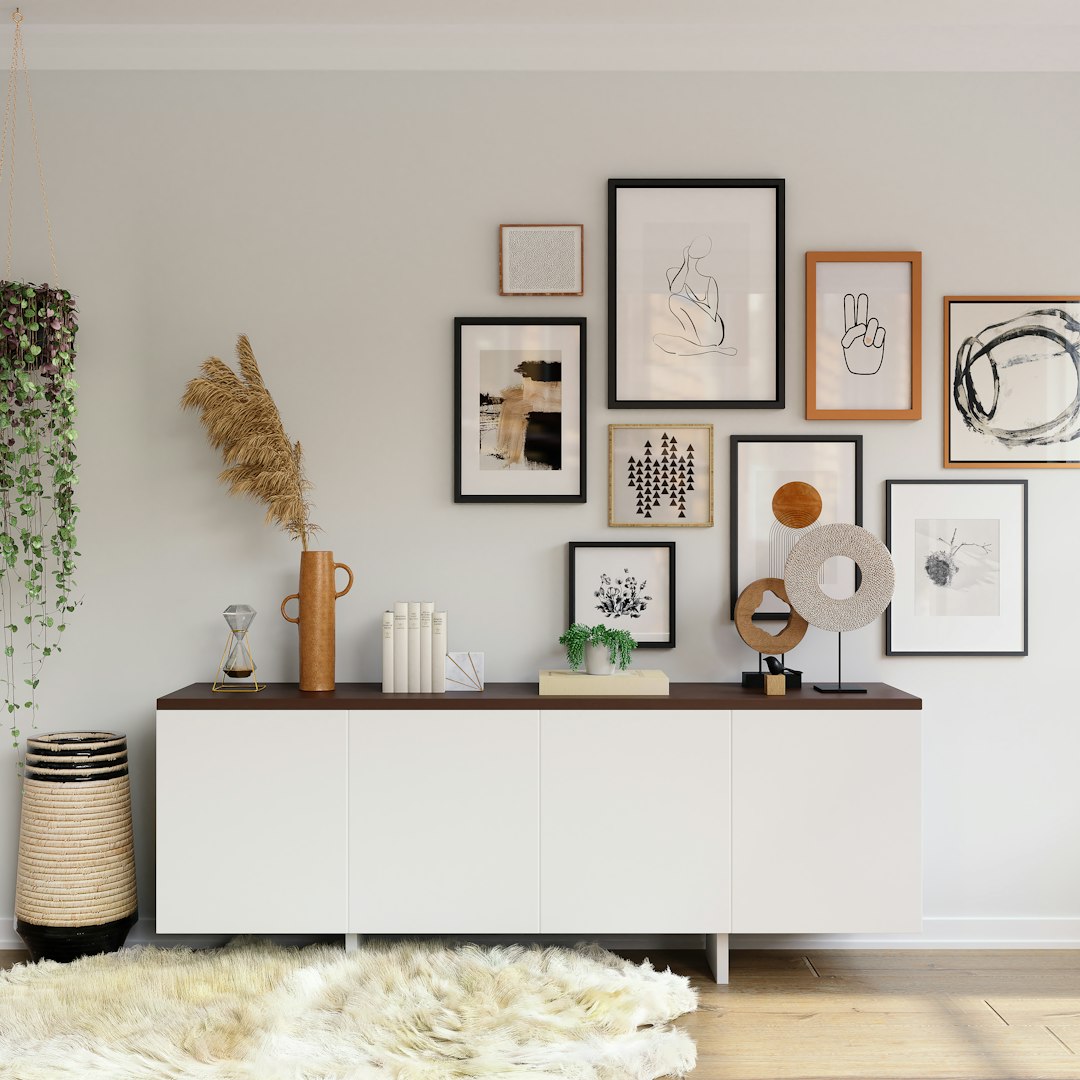
15 Jan Peel and Stick Wall Murals That Make Small Rooms Look Spacious: Expert Tips and Tricks
Small rooms often present unique design challenges, from limited natural light to constrained layouts. However, peel and stick wall murals offer an accessible and creative approach to address these issues. These murals are not only easy to apply but also provide endless design possibilities for enhancing spatial perception.
This article explores the strategies to make small rooms appear larger through the use of peel and stick murals. From selecting the right patterns to understanding how light and color impact a room’s ambiance, these expert tips will guide you in creating a space that feels expansive and inviting.
The Science of Perception and Design
How Murals Influence Spatial Perception
Human perception of space is influenced by visual cues, such as depth, light, and scale. Strategic mural designs can manipulate these cues to create the illusion of a larger area. For instance, murals with horizontal patterns can elongate walls, while vertical designs draw the eye upward, making ceilings appear higher.
Selecting the Right Colors
Color plays a crucial role in spatial perception. Light, neutral tones, such as whites, soft grays, and pastels, reflect more light, making a room feel airy and open. Meanwhile, darker hues can create depth but should be used sparingly in small spaces. Consider using murals with a gradient effect that transitions from dark to light to add visual intrigue without overwhelming the room.
Patterns That Work Wonders
Repeating patterns and symmetrical designs can create a sense of order and harmony, which helps in making small spaces feel less cramped. Murals featuring abstract geometric designs or natural landscapes with a vanishing point are particularly effective in adding depth and dimension.
For those interested in effortless application, explore a peel and stick mural collection that aligns with your design goals.
Expert Tips for Choosing the Right Mural
Matching Murals to Room Function
Each room serves a unique purpose, and your mural choice should complement its function. For instance, serene landscapes are ideal for bedrooms, as they promote relaxation, while bold, abstract designs can energize a home office.
Considering Wall Placement
The placement of the mural is as important as its design. Accent walls are the most popular choice, as they become a focal point without overwhelming the space. In small rooms, consider placing the mural on the wall opposite the main entrance to draw the eye deeper into the room.
Balancing Proportions
It’s essential to select murals that align with the room’s proportions. Oversized patterns may dominate a small space, while intricate, small-scale designs might feel too busy. Opt for murals with moderate complexity that add interest without clutter.
Installation Tips for Flawless Results
Preparing Your Wall
Proper wall preparation is crucial for achieving a seamless finish. Ensure the surface is clean, dry, and free of debris. For textured walls, lightly sand the surface to create a smooth base for the mural to adhere to.
Aligning the Design
For murals with repeating patterns or intricate designs, take extra care to align sections properly. Start from the top center of the wall and work outward, using a level to maintain straight lines. Most peel and stick murals allow for repositioning, making alignment adjustments easier.
Avoiding Air Bubbles
Air bubbles can ruin the appearance of a mural. Use a smoothing tool or a clean cloth to press the mural firmly against the wall as you apply it. Work from the center outward to push out any trapped air.
Adding to the Effect of Murals in Small Rooms
Lighting Matters
Lighting is a critical factor in enhancing the effect of murals. Natural light amplifies the colors and details of the design, while strategically placed artificial lighting can highlight specific mural elements. Consider using LED strip lights to add subtle illumination around the mural’s edges.
Combining Murals with Decor
To maximize the impact of your mural, coordinate it with complementary decor elements. For example, pairing a nature-themed mural with minimalist furniture and potted plants can create a cohesive, open feel. Avoid cluttering the room with too many accessories, as this can negate the spacious effect.
Enhancement TipBenefitStrategic LightingAmplifies mural designComplementary DecorCreates a cohesive lookMinimalist AccessoriesPrevents visual clutter
Closing Thoughts
Peel and stick wall murals are a practical and stylish way to transform small rooms into visually expansive spaces. By understanding the principles of spatial perception, selecting the right designs, and ensuring proper installation, anyone can achieve stunning results. These murals not only enhance aesthetics but also redefine how we experience compact spaces. Whether you’re a seasoned decorator or a DIY enthusiast, the possibilities are endless.

No Comments